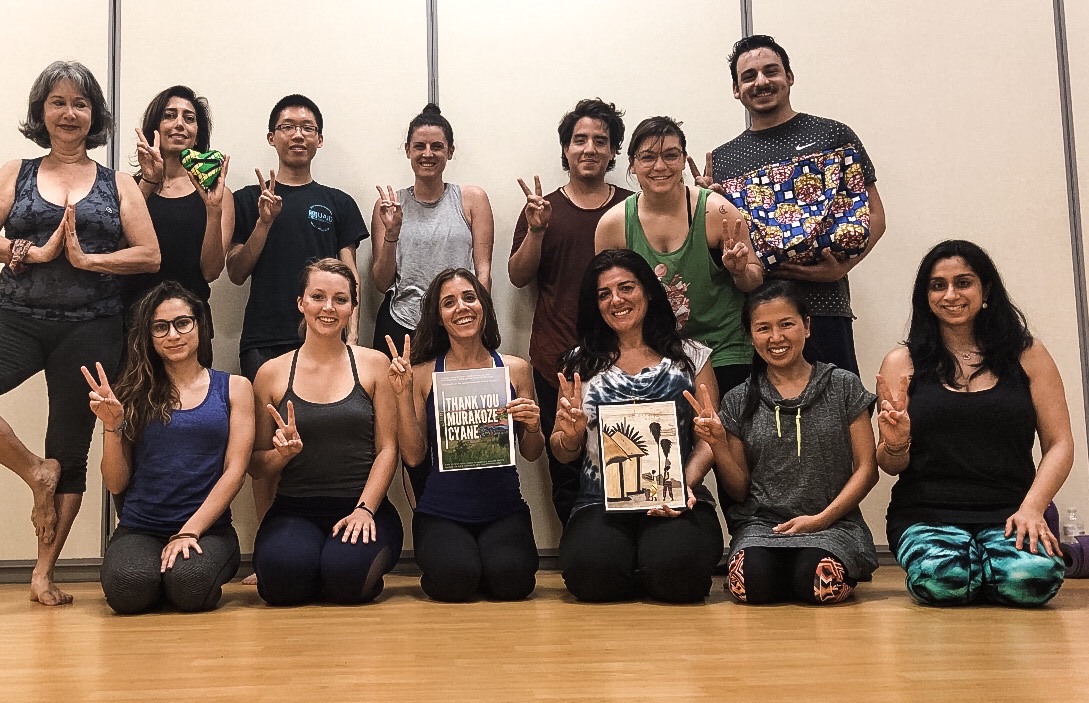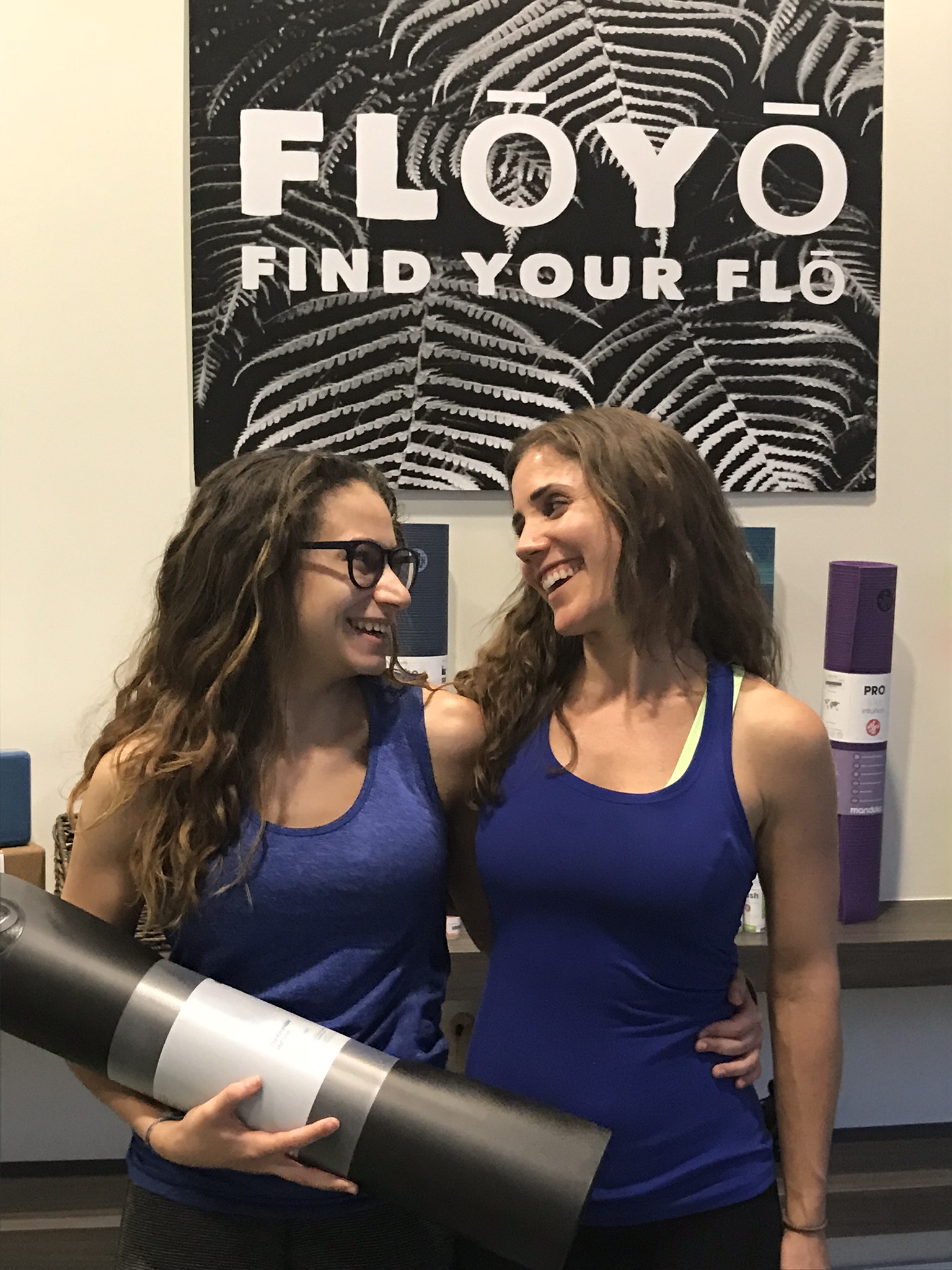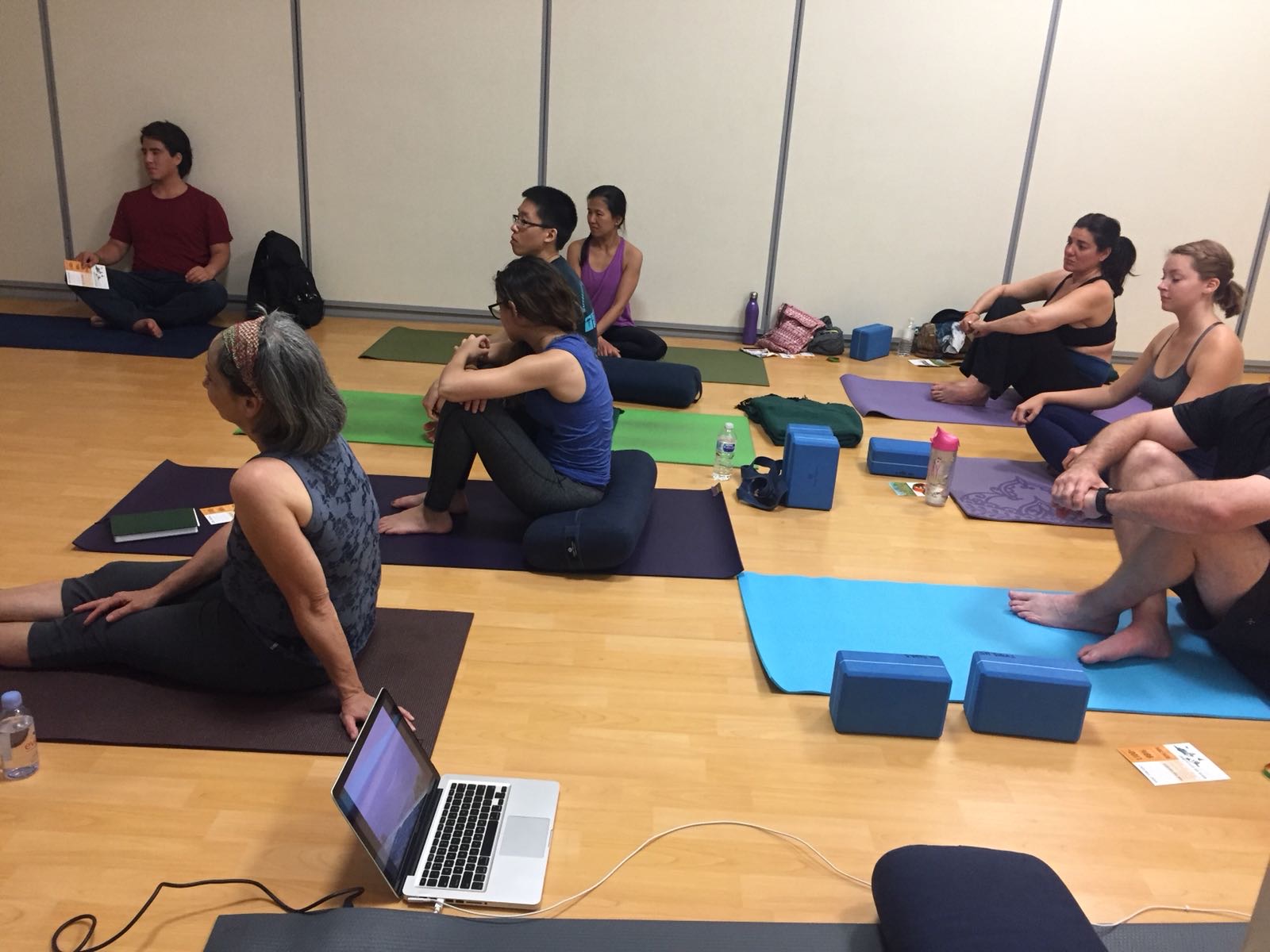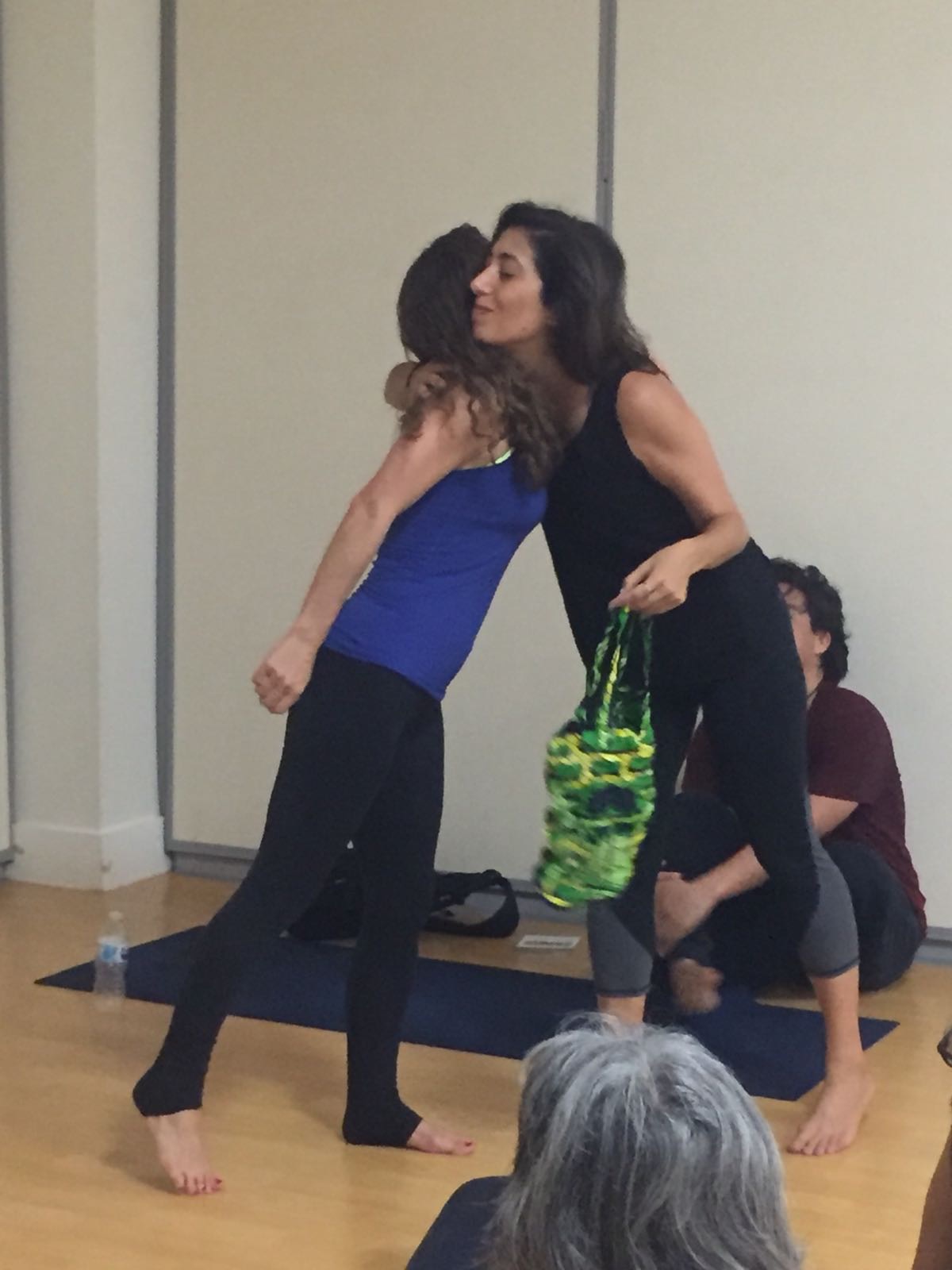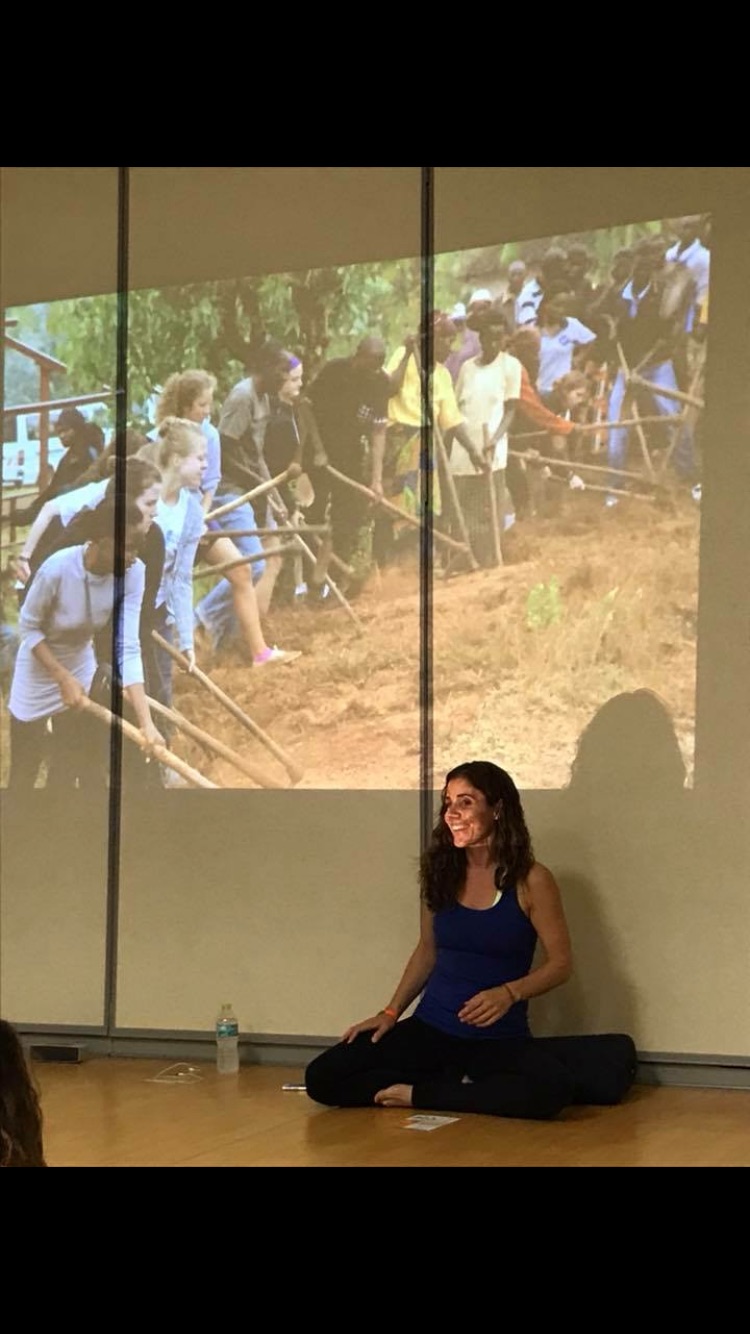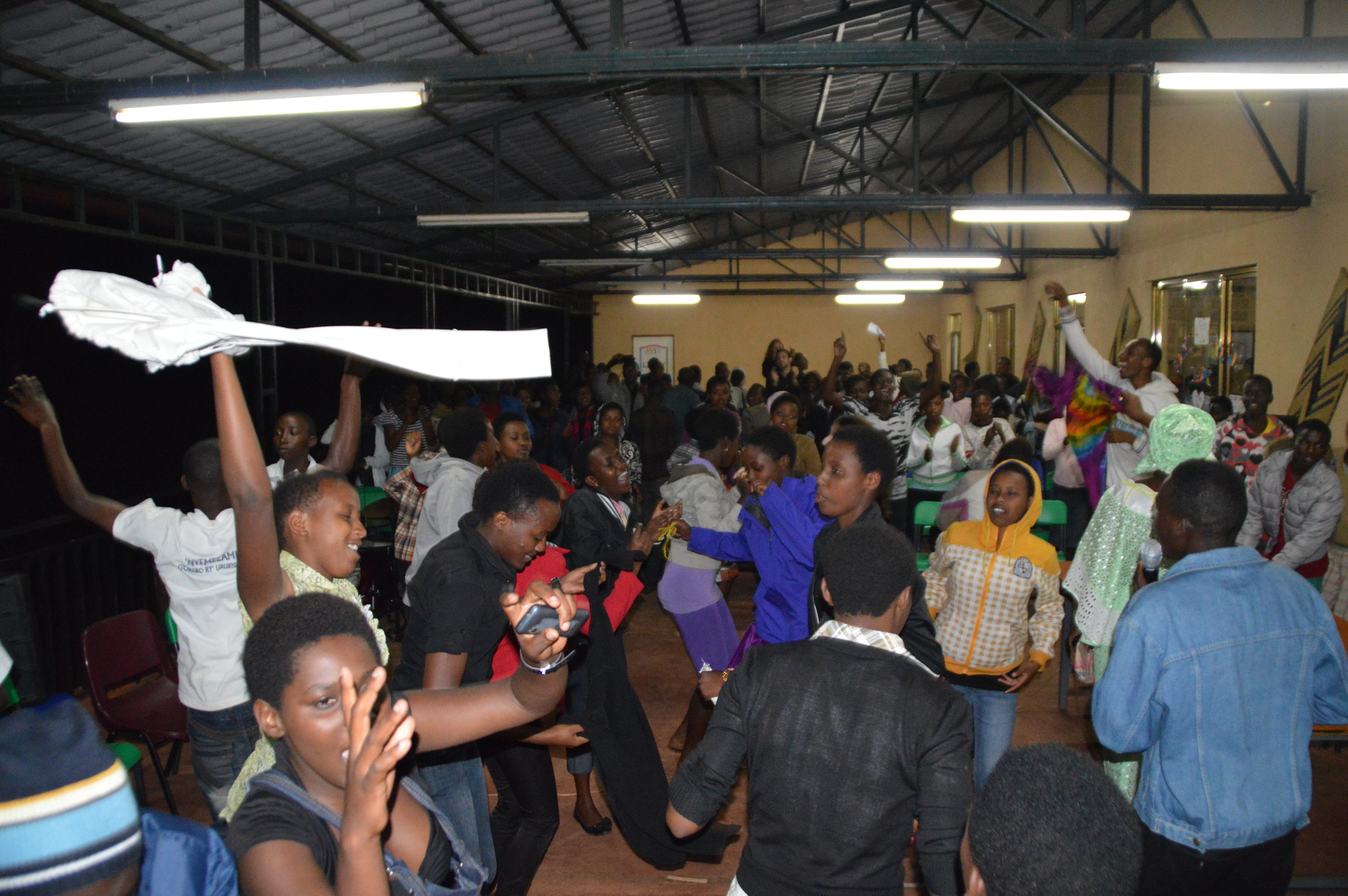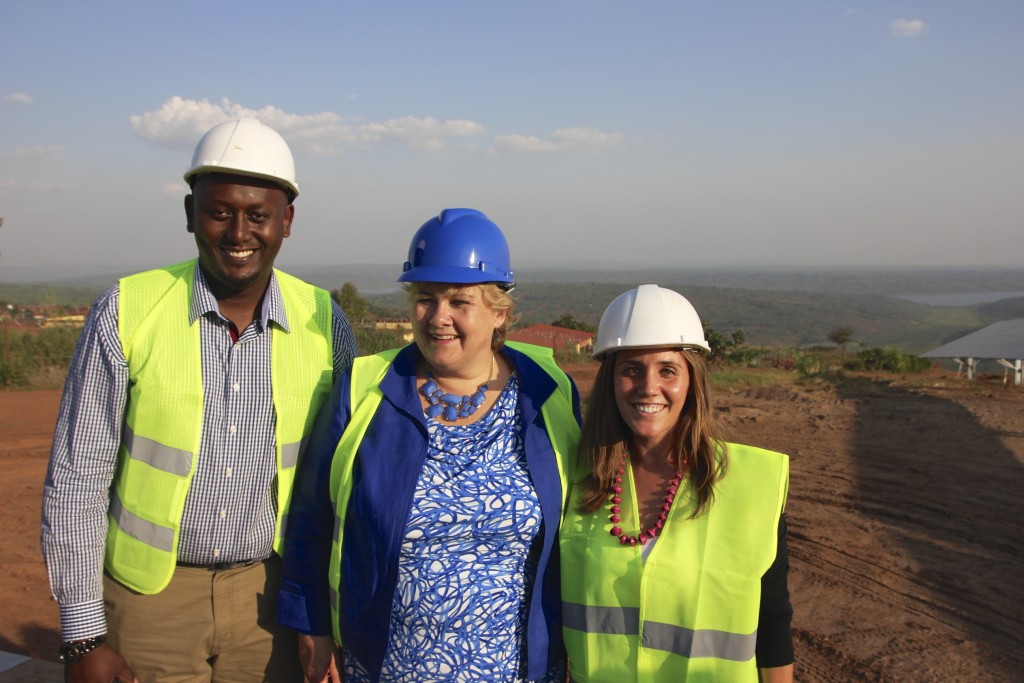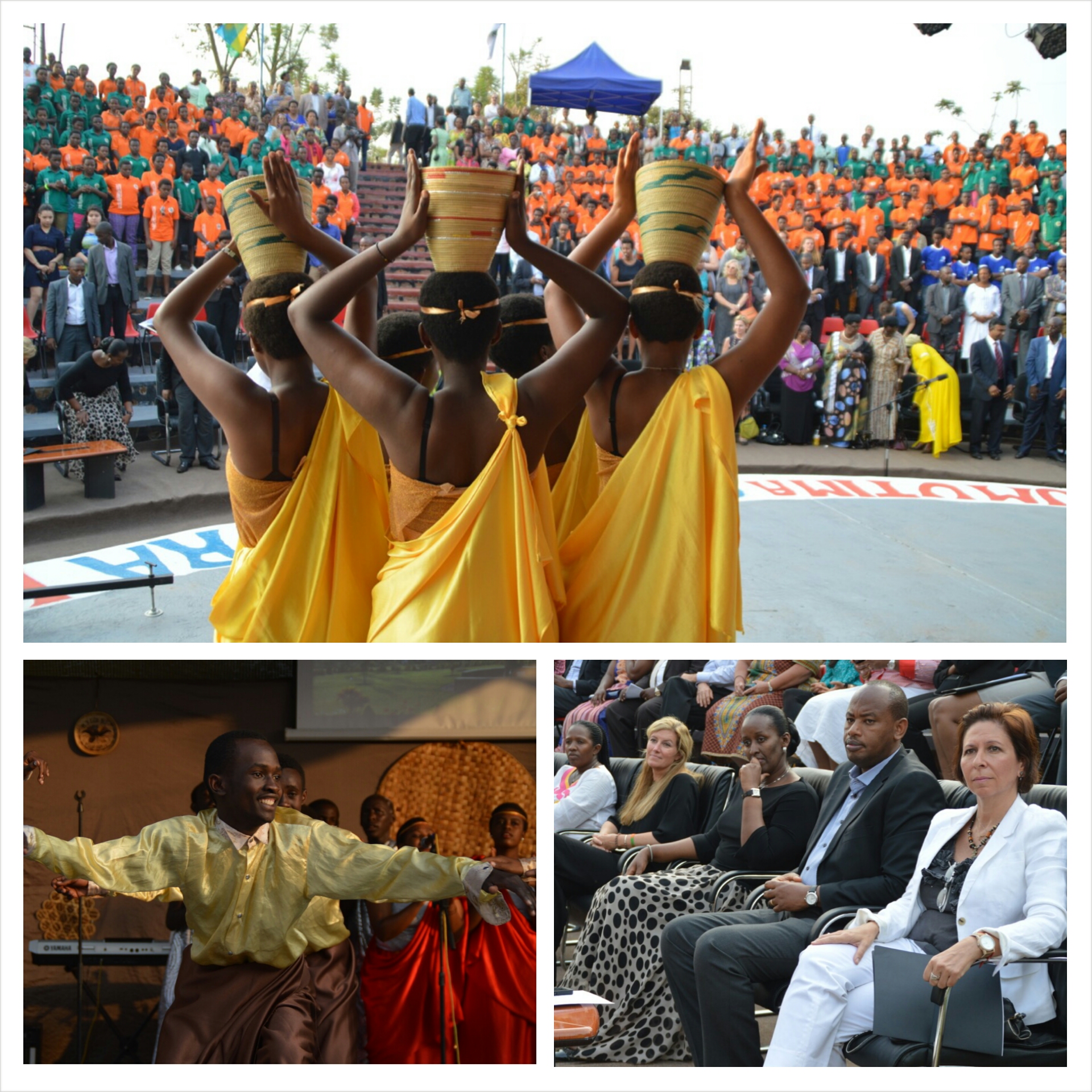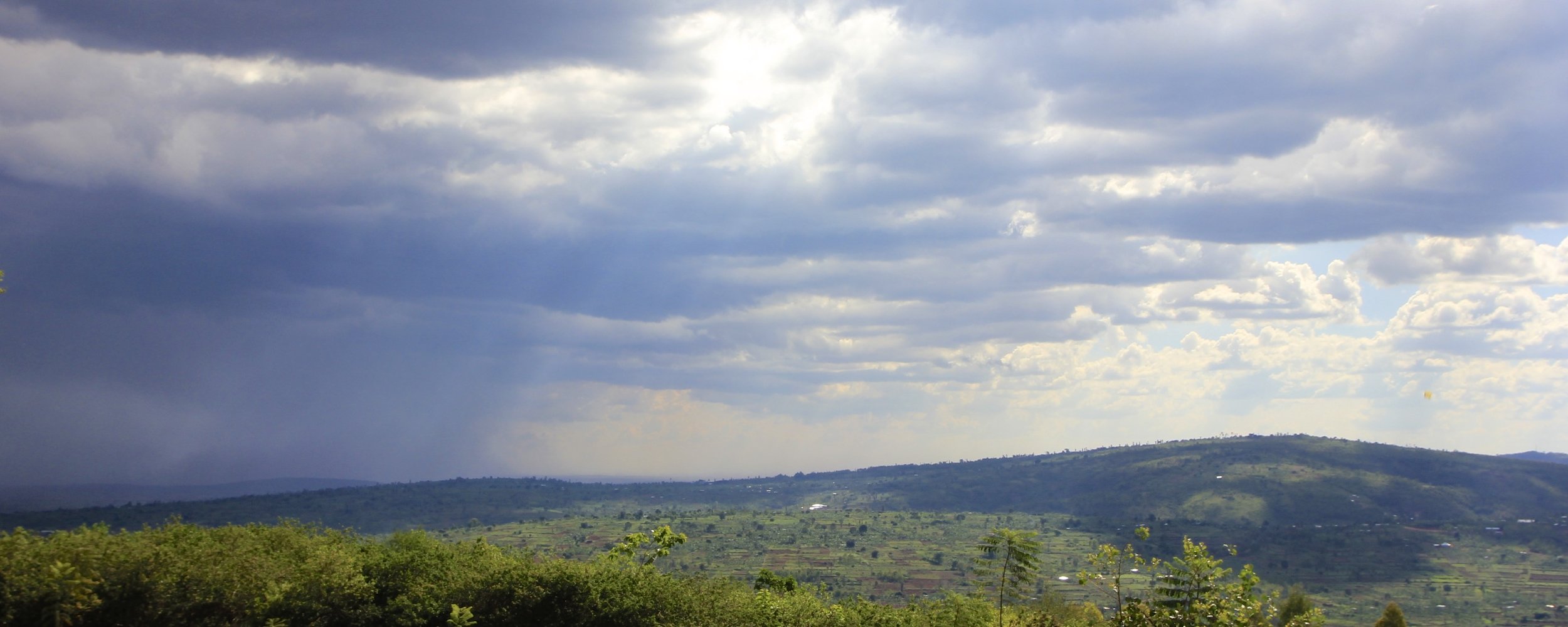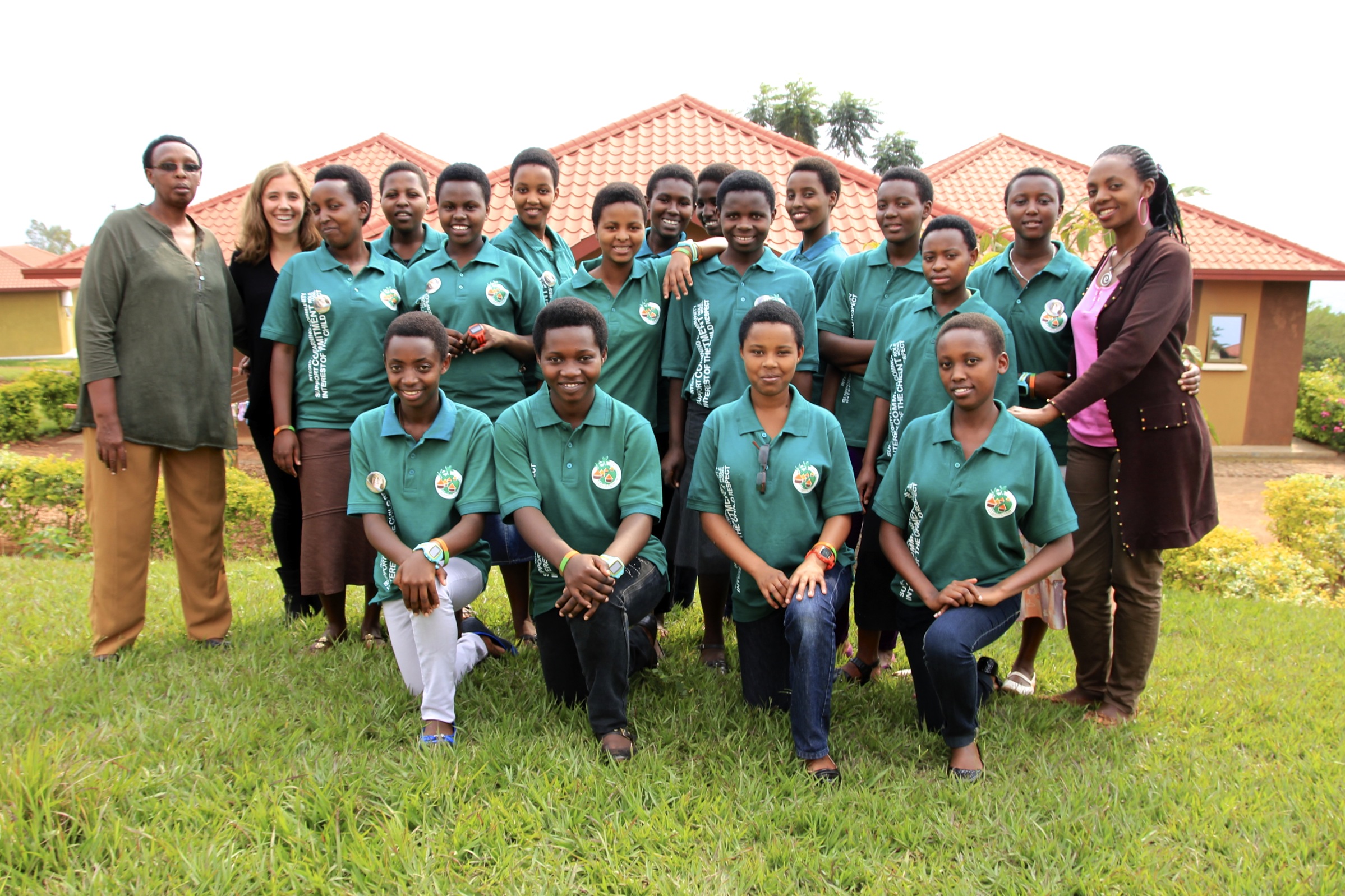Dear Prague, Exactly one year ago, I left you for a new adventure, a new life. I packed my bags and boarded a plane headed to South Africa with the destination unknown. You were the first place that I truly felt at home after leaving my small hometown in Ohio. You were special. You meant something to me. I spent almost five years of my life living in the most magical city in the world and I wanted you to know that I never took you for granted. I loved you whole-heartedly, despite your miserable winters and endless grey days.
Since leaving last June, I have had incredible experiences that were beyond my imagination. I dove with great white sharks. I camped under the stars in the vast Namibian plains. I lived on a game reserve and woke up to wildebeest and giraffes near my doorstep. I stayed in a bee-hive hut in Swaziland. I spent the summer exploring the English and Scottish countryside. Above all, I accepted a fellowship to work with 500 orphaned and vulnerable youth in Rwanda at the Agahozo-Shalom Youth Village.
It's funny how time goes by so quickly and how things can change so drastically. This time last year, I had no idea that I would soon have the most meaningful job of my life. I was traveling around southern Africa with not a care in the world. Now, I care for 500 teens.
As I look back on my time in Prague though, I can't help but feel joy with a hint of nostalgia. You were my first great love and I will cherish you forever. You changed me. You let me live and explore, and I am thankful for that. I have such wonderful memories of my years in Prague and not a day goes by that I don't think about you. Yes, I think about you often. This is not goodbye forever and maybe one day I'll return, but for now, thank you for being the most beautiful, most amazing city in the world. Thank you for letting me be a part of it.
With Love,
Your faithful cizinice
Here is a list of 25 things that I miss most about Prague:
1. I miss the cobblestone streets and breathtaking architecture.
2. I miss running to catch tram 17 to get to work. I don't miss slipping and falling on the ice when running to catch the tram.
3. I miss my colleague and mentor, Jiří Holub, who always had an answer for everything, and could say it in any language (photo of us in Austria for a student field trip).
4. I miss urban art and the city galleries. Luckily, I know the awesome artist who made the Beatles painting on the John Lennon Wall!
5. I miss the first snowfall on Charles Bridge.
6. I miss the Christmas markets with svařák (hot wine).
7. I miss the first sunny day after weeks of darkness.
8. I miss the beautiful parks and Petřín Hill.
9. I miss Maitrea, one of my favorite vegetarian restaurants.
Maitrea
10. I miss my neighborhood potraviny, or mini-market, run by the Vietnamese man who hardly said two words, in Czech or English.
11. I miss hopping on a train and ending up in a foreign country in a matter of hours (photo of Berlin).
12. I miss going on day trips to the Czech Republic's charming towns, interesting sights, and historic monuments.
13. I miss Prague's quiet and no-nonsense airport.
14. I miss the weekend events, from gorilla charity runs to food festivals in the park.
15. I miss wandering around the Old Town Square and meandering through the Jewish Quarter.
16. I miss the beautiful vistas of Prague.
17. I miss the $5 entry fees to some of the most beautiful ballets, operas, and concert venues in the world.
18. I miss Prague's rebellious, freethinking attitude with its regular protests (photo of a student protest in front of my old office).
19. I miss eating smažený sýr (fried cheese) on a bitter cold day.
20. I miss Prague's spring.
21. I miss the efficient public transportation system and the clean metro stations.
22. I miss Prague nights and taking walks when the city is illuminated.
23. I miss the randomness in Prague, like salsa dancing at a bowling alley (No, I did not partake in this event).
24. I miss Zuzana Wienerova, my former colleague and friend, an amazing woman and an inspiration to all women.
25. Last, I miss living in the most amazing city in the world.
